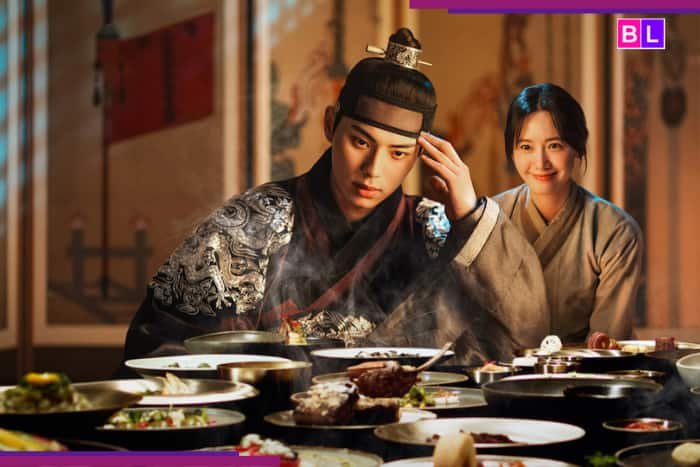Butter Gochujang Bibimbap
King Yeonhee and Yeon Ji-young’s friend Seo Gil-geum were first shocked by the spiciness of this dish, but that’s because most of the food in the Joseon era was mild. So if you are an appreciator of spicy food, then this is for you. The rich and nutty flavor of the brown butter in this dish helps in softening the gochujang. This helps in creating a French-inspired fusion bibimbap.
Sous Vide Steak
Koreans love juicy, marbled beef like Wagyu. So when Yeon Ji-young discovered beef, which was extremely hard but fresh, she had to find a way to soften it. She chooses to go with the sous vide method, which transforms the steak into one that melts in your mouth.
Korean-French Haute Cuisine
Chef Jeon Ji-Young combines both integral parts of her identities, the French and the Korean, to create this crossover dish. Based on the splendor of Versailles, this dish combines French cuisine with a Korean twist.
Jaecheop Doenjang Soup Set Meal
Yeon Ji-Young proved that sometimes, simplicity is really the best with this dish. In the royal cooking competition, other chefs prepared elaborate dishes; Yeon Ji-Young stole the show by making this humble meal of rice, spinach doenjang soup, fried tofu, and seasoned spinach.
Doenjang Pasta
I think it goes without saying that pasta did not exist in the Jeoson era. However, our protagonist is pretty creative. So, she ends up making pasta noodles from scratch, from buckwheat.
Dried Pollack Consommé
Consommé is a French clear soup, which is made with stock. Yeon Ji-young’s version of it, however, is inspired by Korea’s Bugeo-guk (dried pollack soup).
Joseon-style Schnitzel
Schnitzel is a German dish, which is basically a thin slice of meat. Our protagonist combined the German-style dish with Korean donkatsu to make her own version of the dish.
Joseon-style Macarons
Macarons are French sweet dishes, which are often made with egg white, icing sugar, granulated sugar, almond meal, and often food coloring.The young chef in our series puts a Korean twist on it by making the shells from black sesame seeds, almonds, butter, egg whites, and sugar, and steaming them in a traditional Korean oven, instead of baking them.



